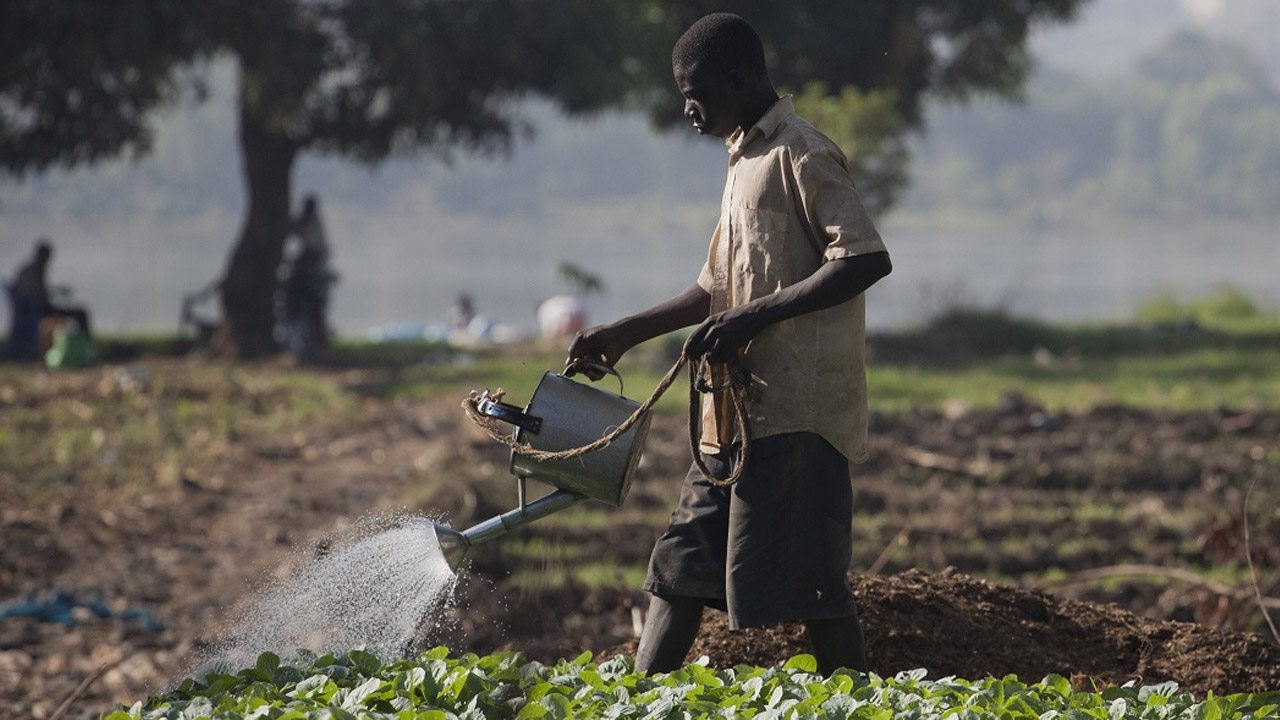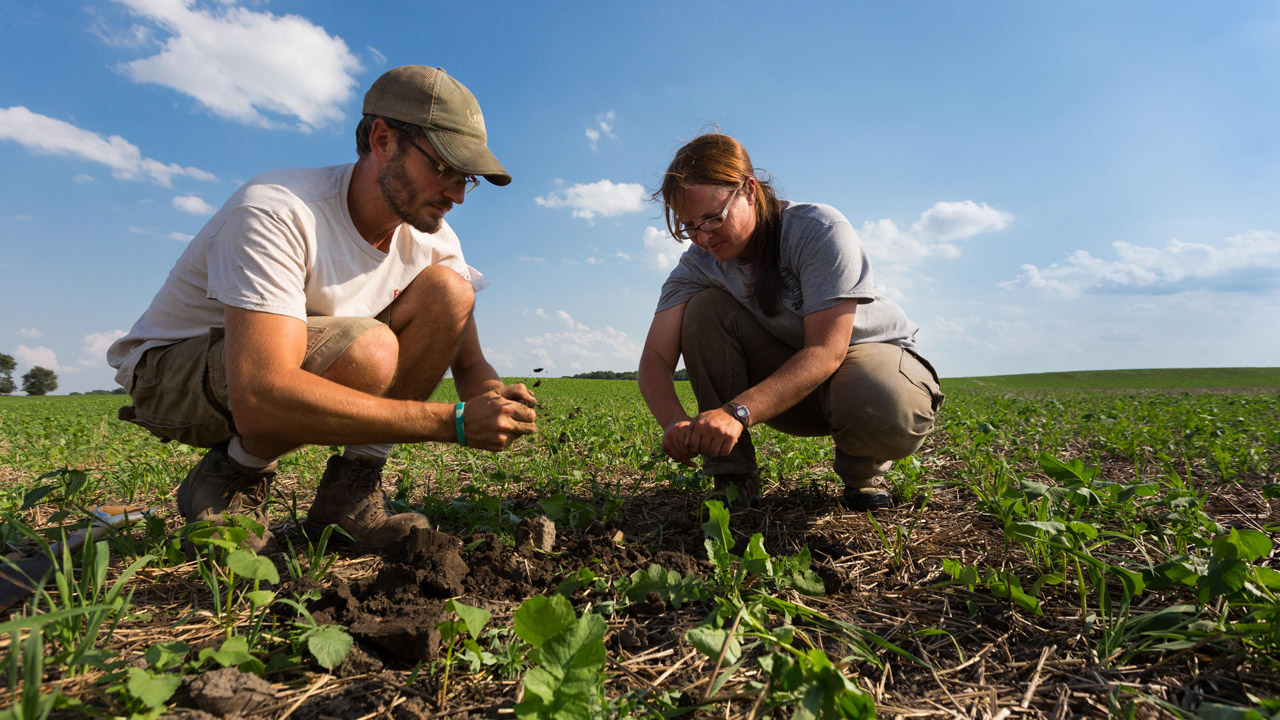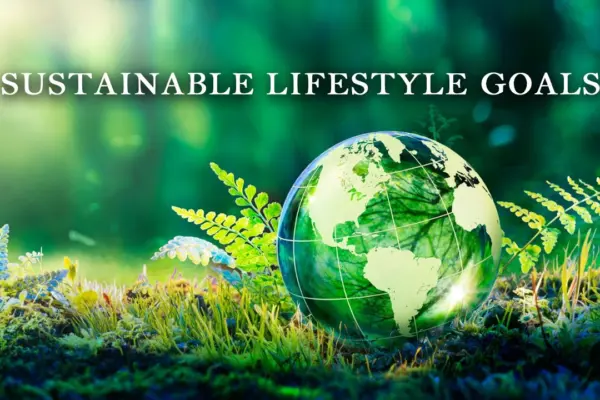Components of Sustainable Agriculture and Soil Conservation
Mindful techniques to stay climate resilient
Agriculture is critical to achieving sustainable development worldwide: it ensures social and economic development, as well as environmental protection. The special role of agriculture is explained by the fact that it is the closest to nature, compared to other spheres of human activity.
Agriculture has always had a significant impact on the environment, and unfortunately not the most positive one in recent times. This is primarily due to the intense agricultural expansion in the pursuit to fully meet human food demand and constantly improve its quality. It has led to soil erosion, salinization and waterlogging of land, depletion of groundwater reserves, etc.
Sustainable farming is one of the modern most widespread and supported concepts of interaction between nature and society. Modern growers use soil conservation methods and other sustainable techniques to stay climate resilient yet effective and produce enough food and gain profit.
Key Components of Sustainable Agriculture
Sustainable agricultural development implies, ultimately, maintaining a balance between mutually related systems — economy, social sphere, and the environment, i.e. the preservation of sustainable agroecosystems. The latter, in turn, must guarantee the provision of food not only for producers but also for the population not engaged in agricultural production.
In this sense, sustainable agriculture is nothing more than a sustainably functioning dynamic system, which is possible only with the preservation or reproduction of natural resources, primarily land fertility. Generally accepted components of sustainable development are economic profitability, social equity, and environmental health.

Image: World Bank
-
- The economic component implies the optimal use of limited natural resources and the creation of a green economy. In other words, it means that production must become sustainable, with as little harm to the environment as possible. Such an economy also ensures employment growth thanks to more people involved in maintaining sustainability practice implementation across industries.
- The social part of sustainable development aims to eradicate poverty, reduce destructive conflicts, and preserve social and cultural systems.
- From an ecological perspective, sustainable development must ensure the integrity and resilience of biological and physical natural systems. Sustainable development of the agricultural sector involves providing food for the population, improving the standard of living and quality of life of the rural population, creating environmentally safe conditions for agricultural production based on the rational use of natural potential, and introducing resource-saving techniques like soil conservation practices.
It is necessary to note that the objective prerequisites for the formation of the concept of sustainable development of agriculture are the unresolved problems of global character. In particular, the urgent issues to tackle are hunger and malnutrition, poverty of rural populations in underdeveloped countries, global warming, land degradation, groundwater pollution, and much more. Since land degradation is one of the most pressing issues, more and more farmers and agro-businesses are concerned about preserving soil fertility and preventing erosion.
How Soil Conservation Boosts Sustainable Agriculture
Sustainable development as applied to agriculture provides preservation and conservation of soil fertility, rational use and protection of water resources, and preservation and increase of plant and animal genetic potential. At the same time, the goal is sustainable production of high-quality safe products, which can be achieved only with the support of natural regulating factors acting in ecosystems.
Soil conservation techniques are one of the main drivers of sustainable agriculture, helping to preserve soil and its fertility to ensure the fertility and suitability of this valuable resource for food production.

Image: Nestlé Purina PetCare Company
One of the main roles in improving soil fertility is played by properly executed crop rotation. It implies that different crops are grown in the same place each season contrary to planting one crop at the same place annually. It allows for reducing reliance on the same set of nutrients, pest and weed products, and the probability of developing resistant pests and weeds.
The application of organic fertilizers like manure and compost to the soil is another effective soil conservation method that helps to increase soil fertility without using harsh chemicals.
To preserve soil fertility, farmers can “give it a break.” This can be achieved by a fallow, which means not sowing any crops for one or more years. During this time, weed management, mulching, and fertilization are performed.
An excellent way to increase the fertility of the soil is the sowing of green manure (plants with increased content of protein, nitrogen, and starch). It could be oats, rye, sunflower, mustard, etc.
Final Word
All these and other types of soil conservation help achieve and maintain soil fertility, which is critical when it comes to sustainability in farming. Without this invaluable resource, no component of sustainable agriculture could work. Healthy soil means it can be used to grow food, people are involved in the production, employment in rural areas increases, local farmers gain profit, food demand is satisfied, and the land is preserved for future generations.


